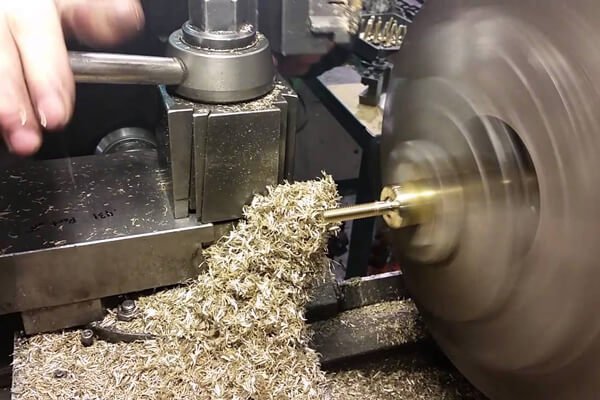© 2019 Suzhou Tianzhijiao Precision Machinery Co.,Ltd. All rights reserved. Site Map Designed by iwonder.cn
CNC machining process has found application in several fields and sectors. Significant amongst is the automobile industry. It has been applied in the engine valve. An essential tool used in this process is the automatic CNC engine valve grinding machine which comes with an automatic tool changer. The CNC valve grinders combine multiple operations to increase profit as well as production rate.

However, the automatic CNC grinding machine is quite beneficial because of it:
· Uses advanced pallet changer, automatic tool changer technologies and
· Saves manufacturing cost per square foot (according to the floor space requirements)
Integration of the vertical or horizontal grinder allows the use of six wheels or more depending on machine size, and more wheels can be qualified and stored on the machine. With just one chucking, facing operations can be done. Setup time is reduced by tooling up the machine for the most popular jobs and not having to change or requalify the wheels. This helps with small batch runs by reducing setup time, typically requiring only a fixture and program change. Inserting or removing wheels from the ATC is done through an access door in the side of the machine enclosures, napping one in or out.
The valves seat in a gasoline or diesel internal combustion engine is the surface against which an intake or exhaust valve rests during the part of the engine's operating cycle when the valve is closed. The valve seat is a critical component of an engine because if it is badly positioned, oriented or formed during manufacturing, a leakage of the valve will occur which will adversely affect the compression ratio of the engine and, therefore, the efficiency of the engine, performance (power), exhaust emissions and engine life.
Valve seats are often formed by first adjusting a roughly cylindrical piece of a hardened metal alloy such as Stellite, in a mild depression in stock over each possible valve stem position, and then machining a conical section surface in the Valve seat that engages a conical section to the corresponding valve. Generally, two conical section surfaces, one with a wider cone angle and one with a narrower cone angle, are machined above and below the actual mating surface to form the mating surface at the proper width (called "narrowing of the seat). With a good CNC machining process, the valve can be allowed to be located correctly with respect to the surface of the coupling (wider).
Let’s look at the benefits of applying CNC machining in the design of engine valves.
· Increase in productivity in several ways when using high-quality valve seat tools
· Faster machining speeds due to optimized tool design
· Fewer steps with the use of double stage tools or multiple cutters
· Reduction in the number of passes due to ideal cutting angles
· Less waste and rework due to precision balance
· Faster change offered by our quick change tools Adjustable size for greater flexibility and fewer tool changes
These advantages combine to give you a significant boost in productivity and efficiency while improving the quality of your valve seat cut and saving time in inspection and inspection. The good thing is that the CNC machining process can be adjusted for a variety of valve seat sizes and diameters, so you can reduce the number of unique tools you need in your business.
By continuing to use the site you agree to our privacy policy Terms and Conditions.